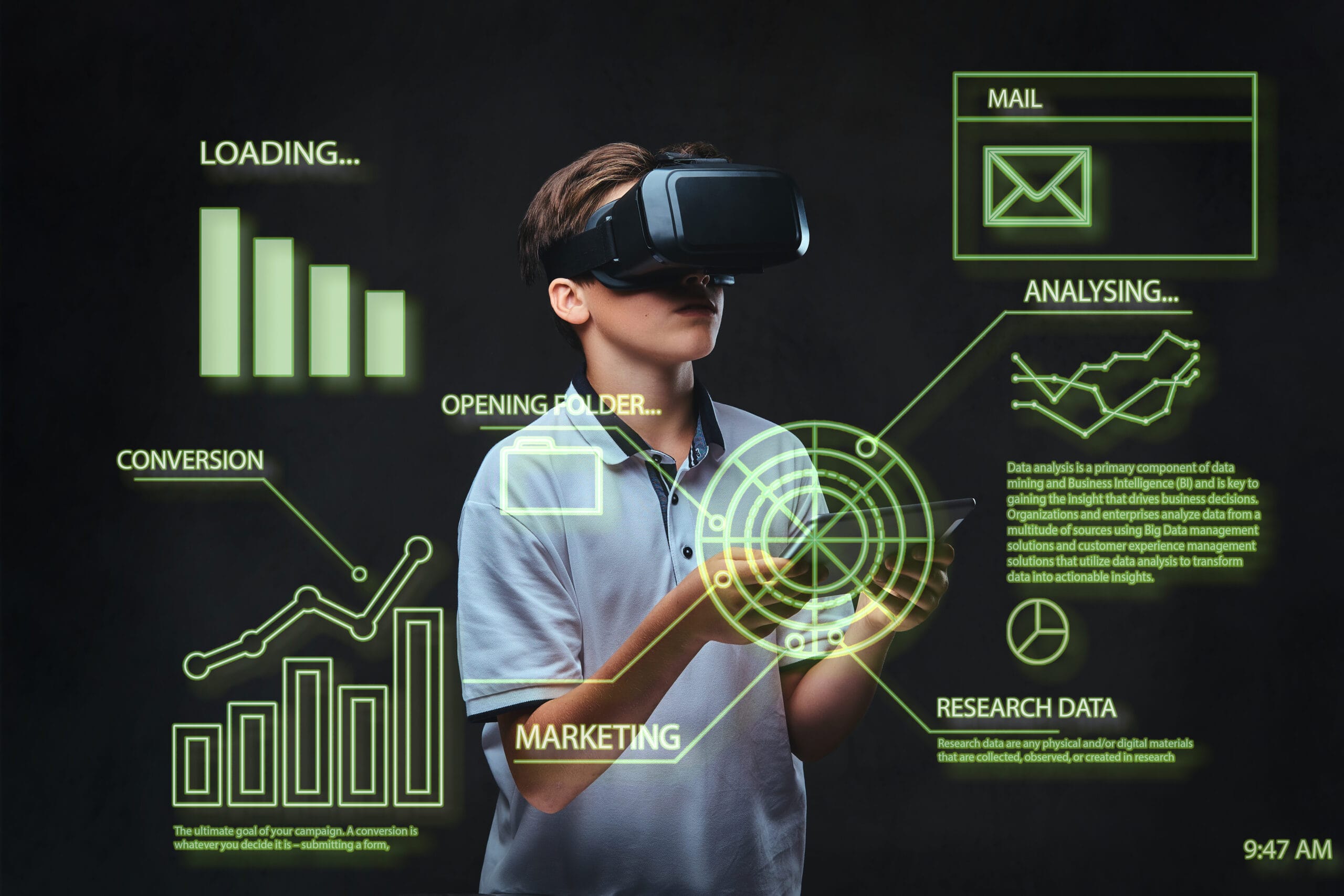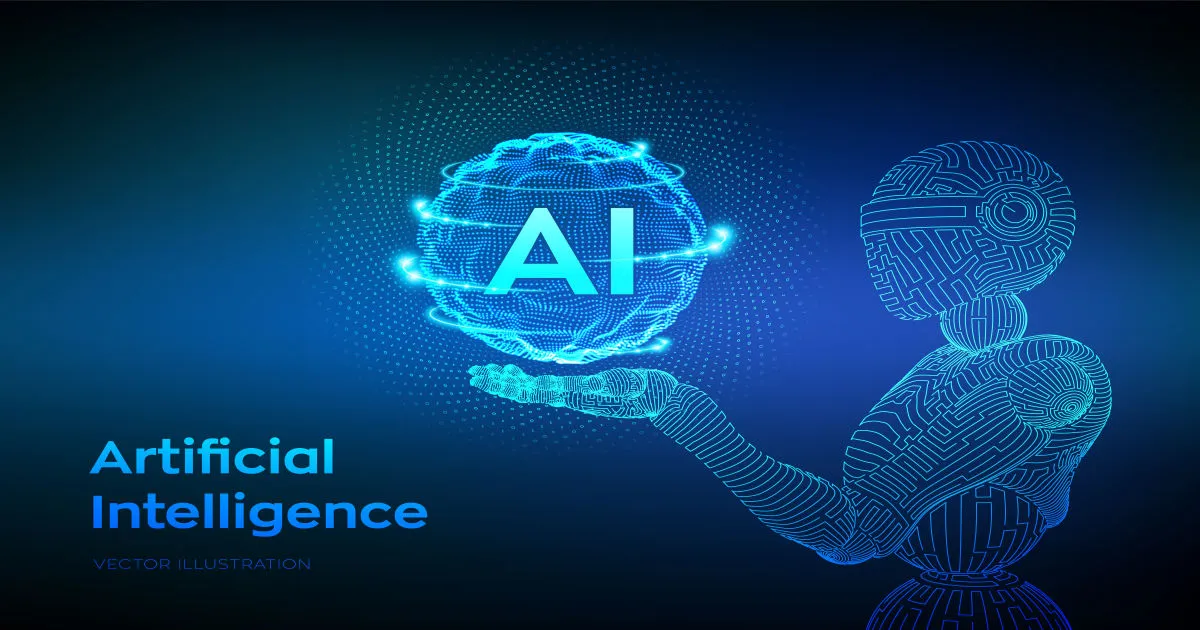Education and Information Technologies
Education and information technologies in education, often referred to as educational technology or edtech, encompasses the integration of various technological tools and resources into teaching and learning processes to enhance educational experiences and outcomes. Here are some key aspects and examples of technology in education:
- Digital Learning Platforms: Digital learning platforms provide online access to educational resources, courses, and interactive materials. These platforms include learning management systems (LMS), online course platforms, and educational websites that offer a wide range of content across subjects and grade levels.
- Mobile Learning: Mobile devices such as smartphones and tablets have enabled anytime, anywhere learning opportunities. Mobile learning apps, educational games, and interactive eBooks allow students to access educational content on-the-go and personalize their learning experiences.
- Virtual Learning Environments: Virtual learning environments simulate traditional classroom settings in an online space. These environments often incorporate features such as video conferencing, discussion forums, virtual classrooms, and collaborative tools to facilitate remote learning and collaboration among students and teachers.
- Adaptive Learning Systems: Adaptive learning systems use algorithms to personalize learning experiences based on individual student needs, preferences, and learning styles. These systems analyze student performance data and provide customized content, feedback, and support to help students master concepts at their own pace.
- Educational Apps and Software: Educational apps and software tools cover a wide range of educational purposes, including subject-specific learning, skill development, assessment, and classroom management. Examples include math apps for practicing arithmetic skills, language learning apps, coding platforms, and educational games.
- Interactive Whiteboards and Classroom Technologies: Interactive whiteboards, document cameras, and other classroom technologies enable interactive teaching and learning experiences. Teachers can use these tools to deliver multimedia presentations, annotate content in real-time, and engage students in interactive lessons.
- Online Collaboration Tools: Online collaboration tools facilitate communication and collaboration among students, teachers, and educational stakeholders. These tools include video conferencing platforms, collaborative document editing tools, virtual whiteboards, and project management software.
- Augmented and Virtual Reality (AR/VR): AR and VR technologies provide immersive learning experiences that enhance student engagement and understanding of complex concepts. Virtual reality simulations, virtual field trips, and augmented reality applications bring learning to life by allowing students to explore and interact with virtual environments and objects.
- Assistive Technologies: Assistive technologies support students with disabilities or special needs by providing accommodations and accessibility features. These technologies include screen readers, text-to-speech software, speech recognition tools, alternative input devices, and other assistive devices.
- Data Analytics and Learning Analytics: Data analytics and learning analytics tools analyze educational data to gain insights into student learning patterns, performance trends, and instructional effectiveness. These insights inform instructional decisions, curriculum design, and interventions to support student success.
TO READ OUR MORE BLOGS
E-LEARNING
In Education and information technologies E-LEARNING also plays a very important role. E-learning short for electronic learning, refers to the use of electronic technologies, primarily the internet, to deliver educational content and facilitate learning outside of traditional classroom settings. E-learning encompasses a wide range of instructional methods, resources, and delivery formats, including online courses, multimedia modules, virtual classrooms, and interactive simulations. Here are some key aspects of E-learning:
- Online Courses and Programs: Online courses are delivered entirely or partially over the internet, allowing students to access course materials, lectures, assignments, and assessments remotely. These courses cover a variety of subjects and academic levels, from K-12 education to higher education and professional development.
- Virtual Classrooms and Webinars: Virtual classrooms enable synchronous learning experiences where students and instructors interact in real-time through video conferencing, chat, and collaborative tools. Webinars are online seminars or workshops that deliver educational presentations, lectures, or demonstrations to a large audience.
- Multimedia Learning Resources: E-learning resources often incorporate multimedia elements such as videos, animations, audio recordings, interactive simulations, and graphics to enhance engagement and comprehension of complex concepts.
- Learning Management Systems (LMS): Learning management systems are software platforms that facilitate the creation, delivery, and management of online courses and educational content. LMS features typically include course administration, content management, student tracking, assessment tools, and communication tools.
- Mobile Learning (M-learning): M-learning refers to learning activities that are conducted using mobile devices such as smartphones and tablets. Mobile learning apps, responsive websites, and educational games enable learners to access educational content on-the-go and engage in self-paced learning anytime, anywhere.
- Adaptive Learning Systems: Adaptive learning systems use data-driven algorithms to personalize learning experiences based on individual learner needs, preferences, and performance. These systems adapt content, pace, and instructional strategies to optimize learning outcomes and support learner mastery of concepts.
- Open Educational Resources (OER): OER are freely accessible educational materials that can be used, shared, and adapted for teaching and learning purposes. Examples include open textbooks, lecture videos, interactive simulations, and online courses available under open licenses.
- Assessment and Feedback Tools: Education and information technologies platforms incorporate various assessment methods, including quizzes, exams, assignments, and peer assessments, to evaluate student learning and provide feedback. Automated grading and analytics tools help instructors track student progress and identify areas for improvement.
- Social Learning and Collaboration: E-learning environments facilitate social interaction and collaboration among learners through discussion forums, group projects, peer feedback, and collaborative activities. Social learning platforms enable knowledge sharing, networking, and community building among learners.
- Professional Development and Training: E-learning is widely used for employee training, professional development, and continuing education in corporate settings, government agencies, healthcare organizations, and other sectors. Online training courses, tutorials, and certification programs provide flexible and cost-effective learning opportunities for employees.
FOR MORE INFORMATION








